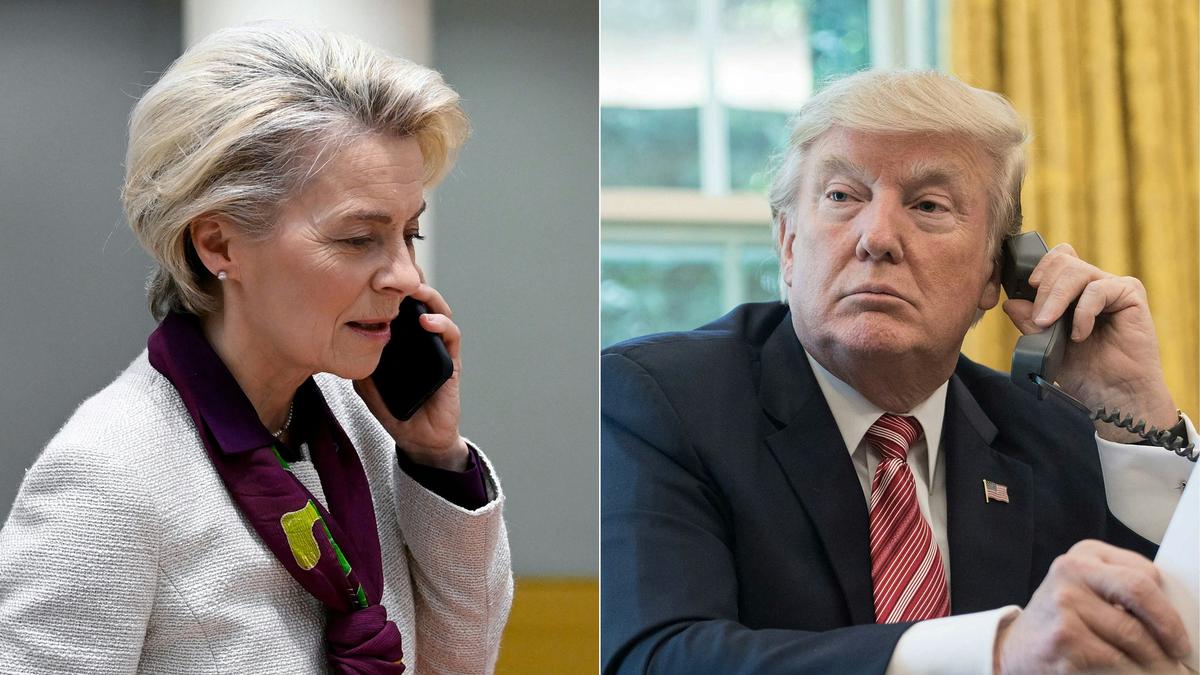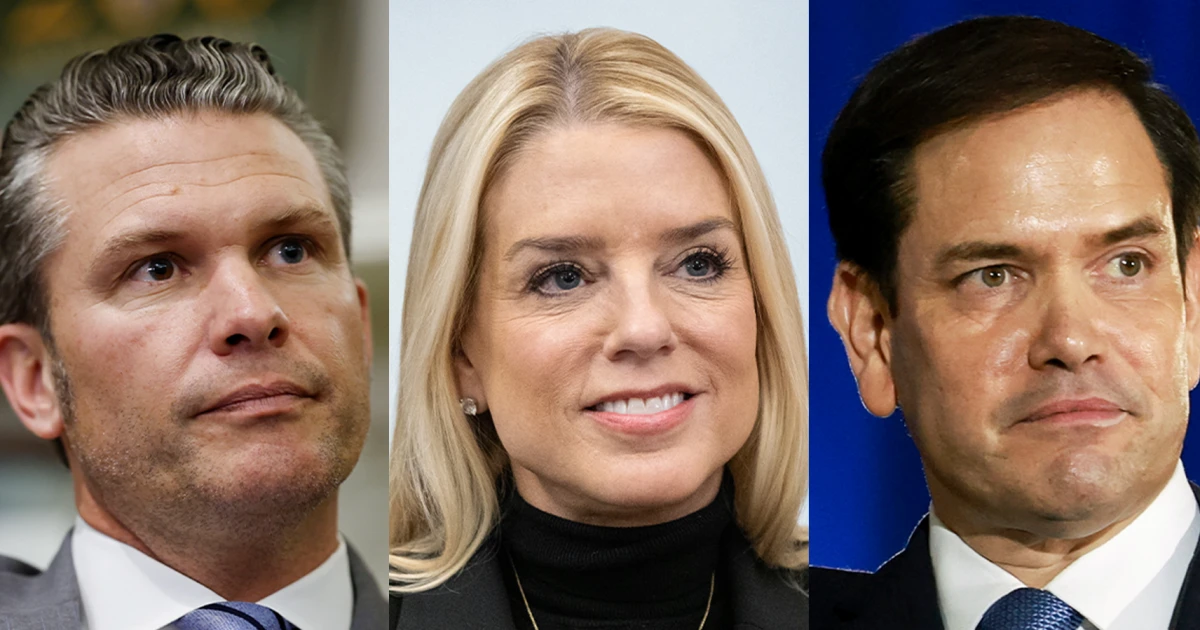In a dramatic turn of international diplomacy and economic negotiations, former U.S. President Donald Trump and leaders of the European Union reached a significant trade agreement just days before a looming deadline threatened to escalate into a full-blown trade war. The breakthrough comes amid months of intense back-and-forth between the two global economic powers, which had been teetering on the edge of heightened tariffs and retaliatory measures.
Background to the Trade Tensions
The roots of the conflict trace back to Trump’s staunch “America First” agenda, which sought to rebalance trade relationships that he believed disadvantaged the United States. Trump had long criticized the EU for what he viewed as unfair trade practices, including tariffs on American goods, agricultural barriers, and subsidies for European industries.
As the deadline approached, pressure mounted on both sides. The U.S. had threatened to impose additional tariffs on European automobiles and various industrial goods, which would have affected major EU economies like Germany, France, and Italy. In response, EU officials hinted at countermeasures, raising fears of a tit-for-tat trade war that could derail global economic stability.
The Road to Agreement
Negotiations intensified as the deadline neared. U.S. trade representatives and EU Commission officials met repeatedly in Washington and Brussels, seeking a compromise that would ease tensions without undermining core economic interests. At the heart of the talks were issues related to agricultural access, industrial tariffs, and technology regulations.
Donald Trump, known for his transactional style and preference for high-profile deals, played a hands-on role in the talks. His direct communication with European Commission President Ursula von der Leyen proved instrumental in cutting through bureaucratic gridlock and bringing both parties closer to consensus.
In the final days before the August 1 deadline, a flurry of diplomatic activity unfolded behind the scenes. Trump reportedly softened his stance on certain automotive tariffs, while the EU agreed to expand its imports of U.S. agricultural and energy products. These concessions set the stage for a mutual understanding that could prevent further economic escalation.
Key Terms of the Deal
Although full details of the agreement have not yet been disclosed, several core components have emerged:
-
Agricultural Trade: The EU has agreed to reduce barriers on key U.S. agricultural exports, including soybeans and beef. This is a significant win for American farmers, a group that has been a key political constituency for Trump.
-
Industrial Tariffs: Both sides agreed to suspend planned increases on industrial goods, including automobiles and machinery. This temporary relief allows space for further discussions and a permanent resolution.
-
Energy Cooperation: The EU pledged to increase imports of liquefied natural gas (LNG) from the United States, a move aimed at reducing Europe’s energy dependence on Russia while boosting U.S. energy exports.
-
Technology and Regulatory Alignment: The two parties also committed to establish working groups focused on harmonizing standards for digital trade, intellectual property, and emerging technologies.
This deal, while not a sweeping free trade agreement, represents a crucial de-escalation of what had become an increasingly hostile trade relationship.
Economic and Political Implications
The announcement of the deal sent positive signals to global markets, with investors expressing relief that a major source of uncertainty had been resolved. Stock indices in both the U.S. and Europe rose on news of the agreement, and the value of the euro and dollar stabilized after weeks of volatility.
For Trump, the deal provides a political victory that reinforces his image as a tough but pragmatic negotiator. It comes at a time when he is seeking to reassert influence in global economic debates and position himself as a champion of American industry.
European leaders, for their part, framed the agreement as a balanced and rational solution to an increasingly untenable situation. By avoiding the imposition of U.S. tariffs, they shielded key European industries from potential economic harm while opening new avenues for cooperation.
However, critics on both sides remain cautious. Some European officials worry that Trump may revisit tariff threats in the future if talks on a broader agreement stall. Meanwhile, American labor and environmental groups question whether the deal provides adequate protections for workers and the environment.
What Comes Next
The deal is being described as a framework rather than a final resolution. Both sides have agreed to continue negotiations on a more comprehensive trade pact that could take months or even years to finalize. Key sticking points remain unresolved, including long-standing disputes over digital services taxes, environmental standards, and subsidies for aviation industries.
Additionally, the agreement must be ratified through various political and legal channels, particularly within the EU’s complex governance structure. National parliaments in EU member states may seek modifications or clarifications before endorsing the terms.
Still, the immediate crisis appears to have been averted. The willingness of Trump and EU leaders to compromise signals a renewed, if cautious, commitment to cooperation over confrontation.
Conclusion
The U.S.-EU trade deal reached just ahead of a critical deadline underscores the high stakes of international trade diplomacy in an era of geopolitical tension and economic interdependence. While not a sweeping transformation, the agreement is a step toward de-escalating one of the world’s most important economic relationships.
As global markets watch closely and negotiations continue, the success of this initial framework could serve as a model—or a warning—for future trade talks in an increasingly multipolar world. Whether the deal holds, evolves, or unravels will depend on continued dialogue, mutual respect, and the ability of leaders to navigate the complex realities of global commerce.



